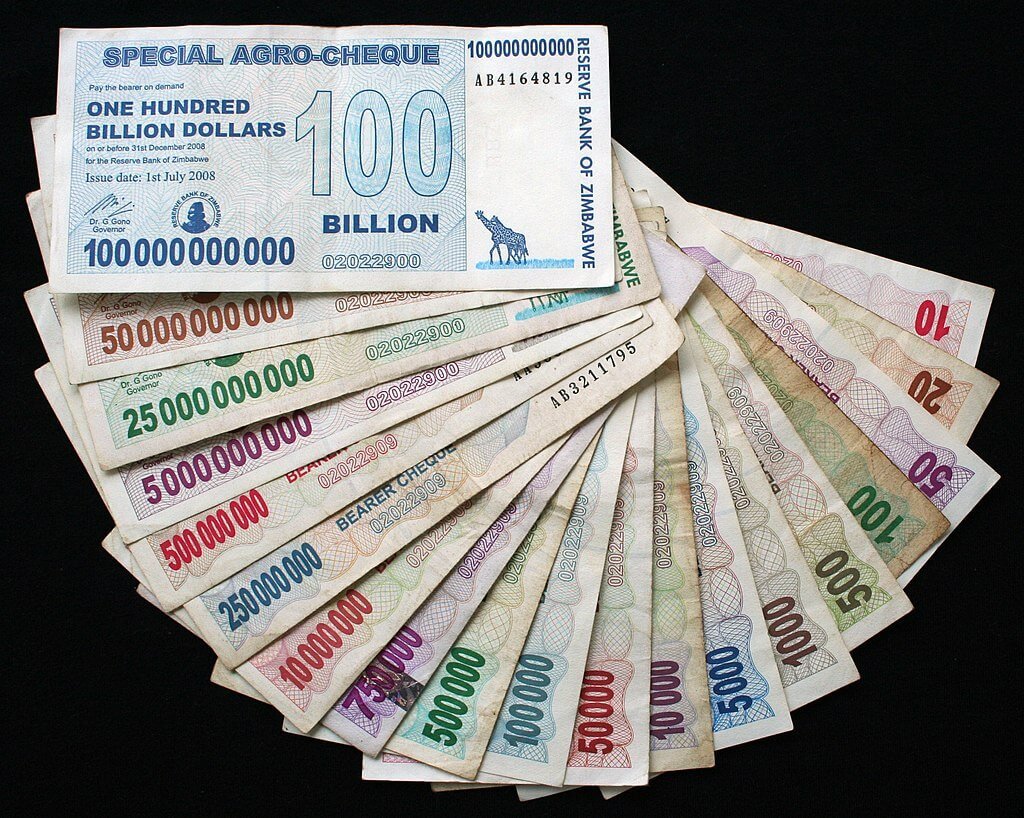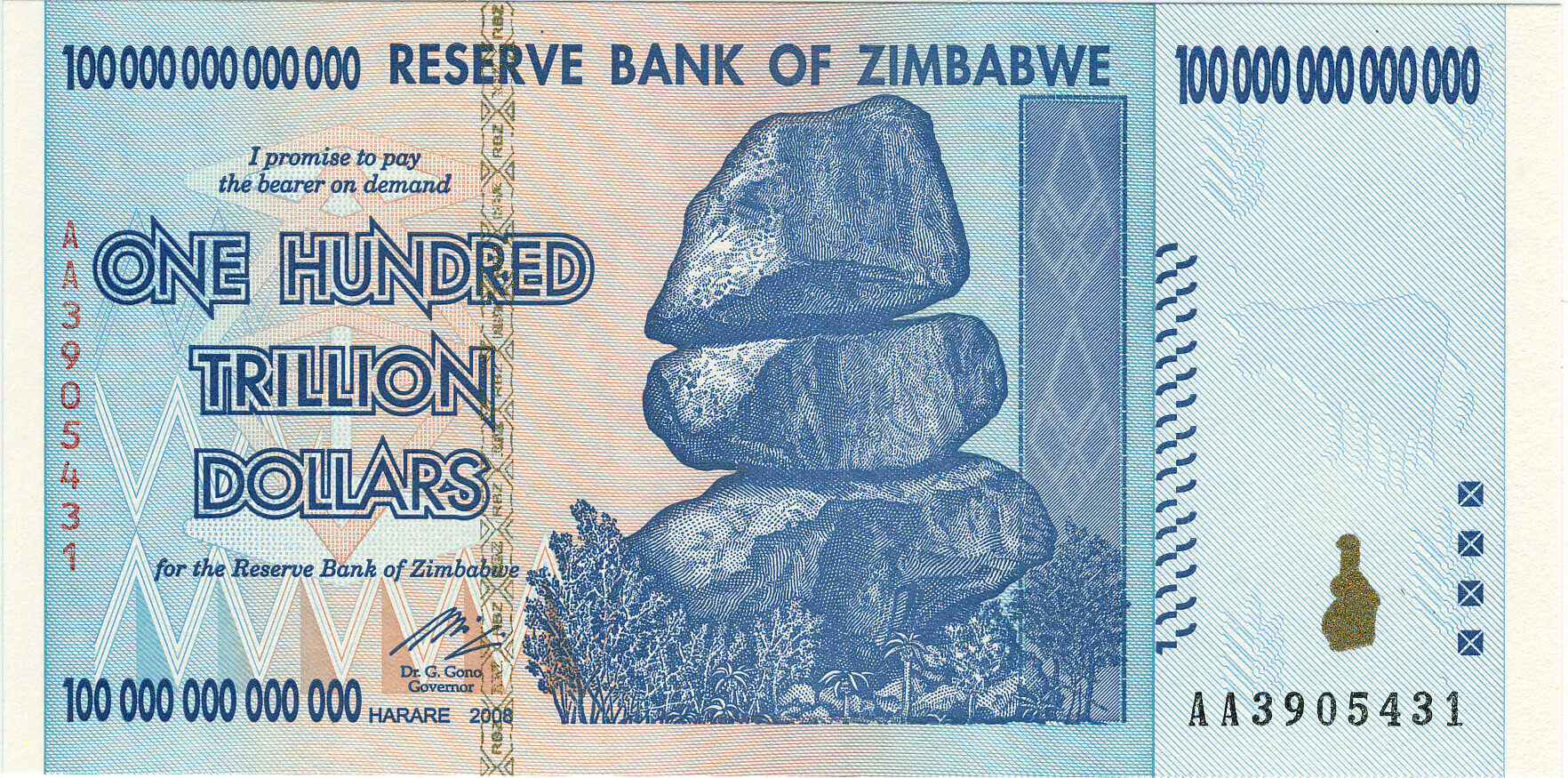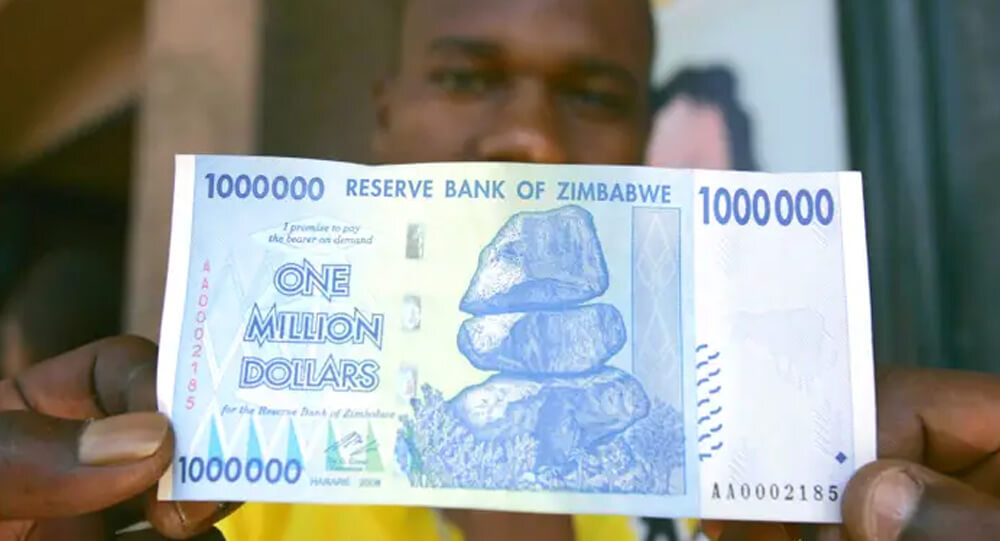Late in the 2000s, Zimbabwe’s economy suffered a severe downturn that set off a destructive hyperinflationary spiral that peaked in 2009. Wide-ranging effects of this economic crisis include skyrocketing prices for goods and services and a rapid depreciation of the local currency, the Zimbabwe dollar. The government launched a number of interventions in response to the dire circumstances, and ultimately decided to adopt a number of foreign currencies as legal tender in an effort to stabilize the economy. The causes and effects of Zimbabwe’s 2009 hyperinflation are explored in this article, along with the government’s response plans and the 2015 phase-out of the Zimbabwe dollar. Furthermore, it evaluates the impact of these measures on the economy and the citizens, draws lessons from the experience, and explores the future implications for Zimbabwe’s monetary policy.
The economic crisis in Zimbabwe and the 2009 hyperinflation
Southern African nation of Zimbabwe went through a severe economic crisis in the late 2000s. Hyperinflation, skyrocketing prices, and a significant drop in the standard of living for its citizens were the main characteristics of the crisis. Numerous economic issues, such as high unemployment, corruption, and unsustainable fiscal policies, were present in the nation.
Zimbabwe experienced hyperinflation in 2009, which reached astounding levels of 89.7 sextillion percent. Sextillion, you read that correctly. The Zimbabwean dollar’s value plummeted due to this uncontrollable increase in prices. Wheelbarrows full of cash were being carried by people in order to purchase even the most basic items, like bread, and an egg could cost millions of dollars. People’s life savings were destroyed, businesses were destroyed, and the country was thrown into an economic crisis as a result of hyperinflation.

Causes and consequences of the hyperinflation of the Zimbabwe dollar
Corruption and poor management were two of the main causes of Zimbabwe’s economic crisis. The collapse of agricultural production and the decline of important industries were caused by the government’s economic policies, which included excessive spending and land seizures. This, along with widespread corruption and a volatile political environment, created the ideal conditions for hyperinflation to wreck havoc on the economy.
The Zimbabwean government turned to money printing to pay for its extravagant spending, which resulted in an oversupply of new banknotes on the market. However, this only made matters worse because it set off a vicious cycle of price increases and currency devaluations. Unsustainable fiscal practices, such as excessive borrowing and a lack of fiscal restraint, fueled the hyperinflation and damaged the Zimbabwean dollar’s value.
For the people of Zimbabwe, the hyperinflationary environment had terrible consequences. The poverty rate increased as people struggled to pay for necessities. As businesses crumbled under the weight of hyperinflation, unemployment rates skyrocketed. Increased levels of poverty and economic hardship were caused by inflation, which reduced the purchasing power of wages.

Government interventions and strategies to combat hyperinflation
The Zimbabwean government implemented price controls and subsidies on necessary goods and services in an effort to combat hyperinflation. These interventions, though, frequently had the opposite effect, creating shortages and illicit trade. These actions frequently made it even more difficult for people to access basic necessities rather than stabilizing prices.
The Zimbabwe dollar was pegged to other currencies as part of the government’s efforts to stabilize the exchange rate. However, because of the underlying economic problems and lack of confidence in the local currency, these attempts were largely unsuccessful. Exchange rate volatility kept the economy from recovering and reduced the impact of government initiatives.
Zimbabwe sought international assistance and financial aid during the crisis to stabilize its economy. Organizations like the International Monetary Fund offered aid packages to help the government carry out economic reforms, providing some relief to the nation. These steps, however, were insufficient to fully address Zimbabwe’s underlying economic problems.
Introduction of multiple foreign currencies to stabilize the economy
Zimbabwe switched to using the US dollar as its main currency in 2009 in an effort to reduce hyperinflation and stabilize the economy. This choice increased stability and helped rebuild some monetary system confidence. However, it also brought about problems, such as a lack of actual US dollar bills and restricted authority over monetary policy.
Zimbabwe also added other foreign currencies, like the South African rand and the British pound, as legal tender in an effort to address the shortage of actual US dollars and diversify the country’s monetary system. This multiple-currency system gave the economy more flexibility and improved liquidity.
Initial challenges and benefits of the multi-currency system
Although the use of foreign currencies brought economic stability to Zimbabwe, it also presented difficulties. For both businesses and individuals, fluctuating exchange rates and restricted access to foreign currency created problems. A more stable economic climate and increased foreign investment were two advantages of the multi-currency system, though.
In conclusion, the Zimbabwean dollar’s hyperinflation in 2009 was a terrible incident that caused the country’s people great suffering. This crisis was exacerbated by poor economic management, money printing, and unsound fiscal policies. The government implemented a number of interventions, such as price controls and subsidies, to fight hyperinflation, but these actions were not entirely successful. In the end, the adoption of numerous foreign currencies assisted in stabilizing the economy, despite the fact that it also brought with it a unique set of difficulties.
Phasing out the Zimbabwe dollar: Reasons and challenges
The Zimbabwean government took the risky step of replacing the Zimbabwe dollar, the nation’s legal tender, with a multi-currency system in 2015. After years of hyperinflation, which had effectively rendered the Zimbabwean dollar worthless, this action was taken. The need to stabilize the economy, rebuild public confidence in the financial system, and promote foreign investment all played a role in the decision.
To combat the country’s ongoing hyperinflation, which had been a problem since the early 2000s, was one of the main justifications for the demise of the Zimbabwe dollar. Zimbabwe’s inflation peaked in 2008 at the astounding rate of 500 billion percent. A number of factors, such as excessive government spending, poor economic management, and a drop in agricultural production, contributed to this hyperinflation.
Challenges faced during the currency transition process
Zimbabwe had a difficult time making the switch from a hyperinflated currency to a multi-currency system. Ensuring a seamless exchange of the Zimbabwe dollar for other currencies was one of the biggest challenges. Daily transactions became challenging as a result of the local currency’s declining popularity and reluctance to be accepted as a form of payment by many citizens.
The logistical aspects of phased-out the Zimbabwe dollar posed another difficulty. The government had to organize the removal of the previous currency from use and the introduction of new currency in the form of coins and notes. The public needed to be informed about the new monetary system, and businesses and financial institutions needed to be adequately ready for the transition.
Public sentiment and reactions to the phasing out
Public opinion on the gradual demise of the Zimbabwean dollar was divided. Some people applauded the action because they saw it as a crucial step toward bringing about economic stability and regaining public trust in the financial system. Some people, however, were dubious and concerned about the potential annoyances and disruptions that the currency transition might bring.
Concerns were raised about how it would affect common people, especially those who relied on black market transactions using the Zimbabwean dollar. Some people were concerned that the switch to foreign currencies might result in price increases and make it more difficult for people with lower incomes to afford necessities.
Impact of the currency phasing out on the economy and citizens
The economy and people were significantly affected by the phase-out of the Zimbabwe dollar. Debt and savings were two of the main effects. During the hyperinflationary period, people who had saved money in Zimbabwean dollars saw their savings lose value. The adoption of foreign currencies brought about a sense of stability and value preservation, which helped people regain confidence in saving.
When it came to debt, borrowers who had taken out loans in Zimbabwean dollars were relieved by the transition. The burden of repaying loans in a hyperinflated currency was lifted as the local currency became obsolete. For many people and businesses, this reduced financial stress.
The phase-out of the Zimbabwean dollar contributed to greater financial stability by reestablishing trust in the banking system. People felt more secure keeping their money in banks after the introduction of foreign currencies, which helped to create a stronger and more stable financial environment.
Changes in consumer behavior and business operations
Consumer behavior and business practices both changed as a result of the currency transition. Consumers had to change their mindsets and become accustomed to exchange rates in order to use foreign currencies for regular transactions. As people looked for value for their money in a new economic environment, this change had an impact on consumer preferences and purchasing decisions.
Businesses had to adjust their pricing strategies and get used to the stability that came with using more trustworthy and widely accepted monetary units after adopting foreign currencies. Additionally, it created chances for business growth and global trade because it made doing business with foreign partners easier and more secure.
Social and political implications of the currency transition
The change in currency had broader social and political repercussions for Zimbabwe. It marked a turning point in the economic history of the nation and pointed the way toward a more open and internationally integrated economy. Greater economic ties with neighboring nations were fostered as well as opportunities for foreign investment with the shift to foreign currencies.
Politically, the decision to retire the Zimbabwean dollar showed a readiness to admit past errors and take risky actions to restore the economy. It demonstrated a dedication to drawing lessons from the hyperinflationary experiences and securing a more secure and prosperous future for the country.







